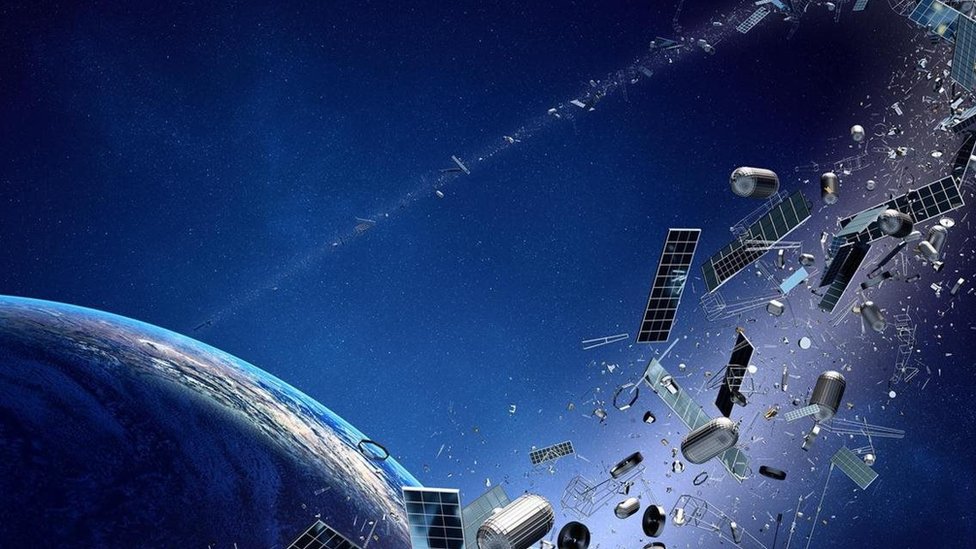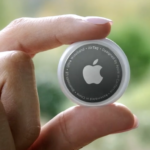The Final Chapter of ERS-2
On February 21, 2024, the European Space Agency (ESA) witnessed the end of an era as the ERS-2 satellite reentered Earth’s atmosphere over the North Pacific Ocean. This event marked the conclusion of nearly three decades of invaluable contributions to our understanding of Earth, without any reported damage to property. Launched on April 21, 1995, ERS-2, along with its predecessor ERS-1, revolutionized the monitoring of Earth’s land surfaces, ocean temperatures, ozone layer, and polar ice extents.
A Legacy of Earth Observation
Simonetta Cheli, ESA’s Director of Earth Observation Programmes, highlighted the transformative impact of the ERS satellites on our perception of the planet. These satellites have provided critical data on the Earth system, influencing scientific research and environmental monitoring. The decision to deorbit ERS-2 in 2011 was driven by concerns over space debris, showcasing ESA’s commitment to space safety and sustainability.
Navigating the Challenges of Reentry
ERS-2’s final descent was closely monitored by an international team, including the Inter-Agency Space Debris Coordination Committee and ESA’s Space Debris Office. The satellite began to disintegrate upon reaching the critical altitude of 80 km, where atmospheric drag overwhelmed its structural integrity. This ‘natural’ reentry process, dictated by atmospheric drag, underscores the challenges of managing the end-of-life phase of satellites launched before the era of ‘controlled’ reentries.
Shifting Towards Space Sustainability
Tim Flohrer, Head of ESA’s Space Debris Office, emphasized that uncontrolled atmospheric reentries, while common, are no longer the preferred method for disposing of space objects. ESA’s ‘Zero Debris approach’ and the community-led Zero Debris Charter initiative reflect a global shift towards more sustainable space activities, including the design of missions to enable controlled reentries over uninhabited areas like the South Pacific Ocean.
Continuing the Mission’s Legacy
The ERS-2 mission has laid the groundwork for numerous successor missions focused on Earth observation, such as Envisat, the MetOp weather satellites, ESA’s Earth Explorer scientific research missions, and the Copernicus Sentinels. The data collected by ERS-2 continue to support scientific studies and operational services, demonstrating ESA’s pioneering role in utilizing space technology for the benefit of humanity.






